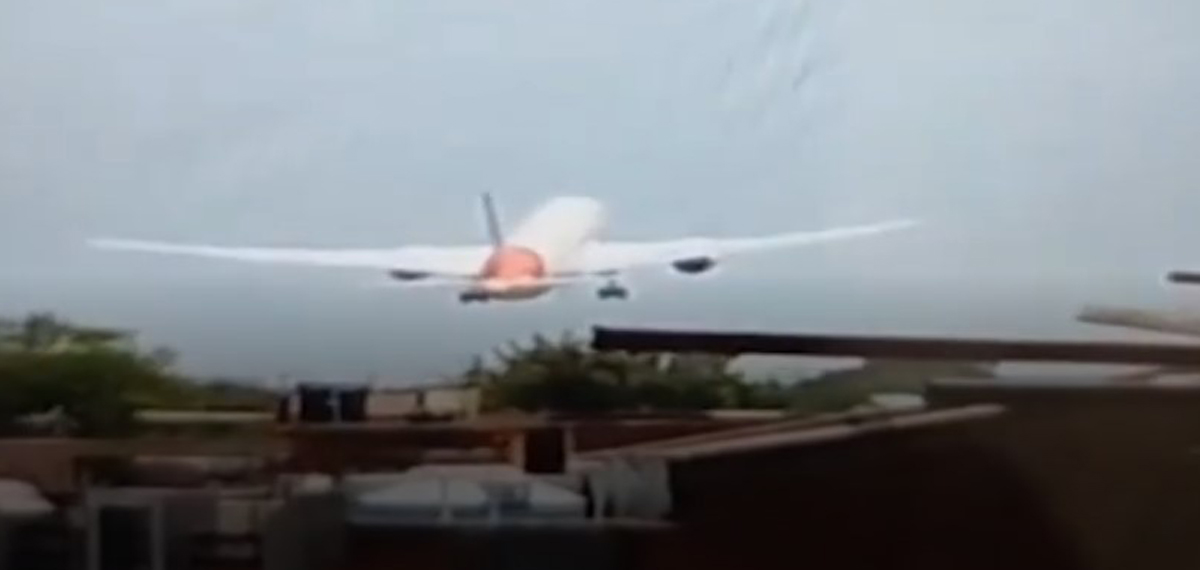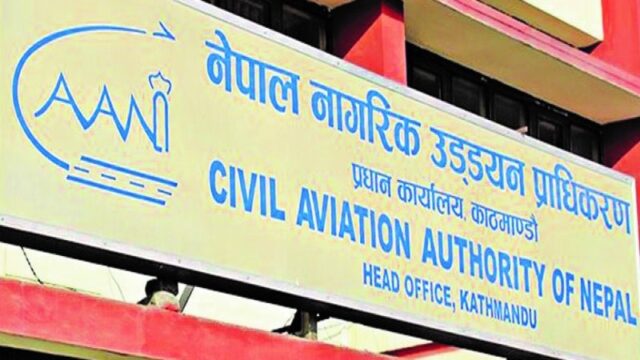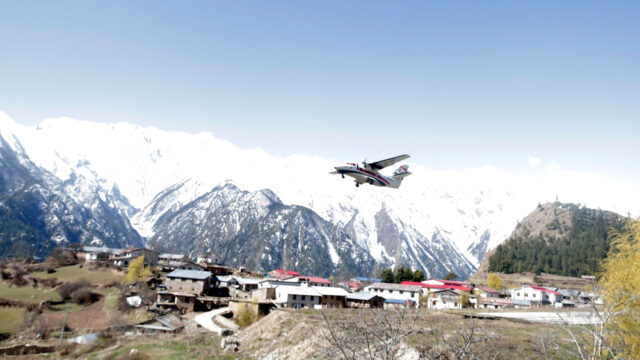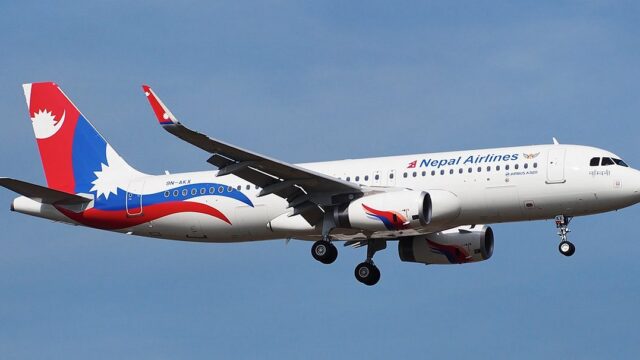The Boeing 787 Dreamliner, a pride of long-haul aviation and one of the most fuel-efficient wide-body aircraft in the world, met with a tragic accident on Thursday afternoon in Ahmedabad, India. The aircraft, en route from Sardar Vallabhbhai Patel International Airport to Gatwick, London, crashed shortly after takeoff, prompting a major emergency response and raising questions about the safety record of this globally admired aircraft.
The Pride of Modern Aviation: Boeing 787 Dreamliner
The aircraft involved in Thursday’s crash was a Boeing 787-8 Dreamliner, a highly celebrated model in Boeing’s wide-body lineup. Designed and manufactured by the American aerospace company Boeing, the 787 Dreamliner entered commercial service in October 2011 with Japan’s All Nippon Airways (ANA). Since then, more than 80 airlines worldwide have placed orders for 2,598 units of the Dreamliner series, with 889 still awaiting delivery.
The Dreamliner is globally renowned for its fuel efficiency, lightweight composite materials, and long-range capabilities. Compared to earlier aircraft of similar size, the Boeing 787 consumes approximately 20% less fuel, a critical advantage in today’s sustainability-driven aviation industry. Its lightweight structure is primarily built using carbon-fiber-reinforced polymer, which contributes to both efficiency and durability.
The Dreamliner is also popular for “point-to-point” connectivity, allowing airlines to bypass traditional “hub-and-spoke” systems and instead offer direct, long-haul services between smaller cities. According to Boeing, the 787 has opened over 180 such direct routes since its introduction.
Three Variants, Broad Capabilities
The Dreamliner family currently includes three variants:
- 787-8: Can carry 248 passengers up to 13,530 kilometers (8,400 miles)
- 787-9: Can carry 296 passengers up to 14,010 kilometers (8,700 miles)
- 787-10: Can carry 330 passengers up to 11,910 kilometers (7,400 miles)
The aircraft that crashed in Ahmedabad was the 787-8 variant, carrying 242 individuals including passengers and crew members. It had taken off for London in the early afternoon but tragically crashed into a nearby residential building shortly after becoming airborne.
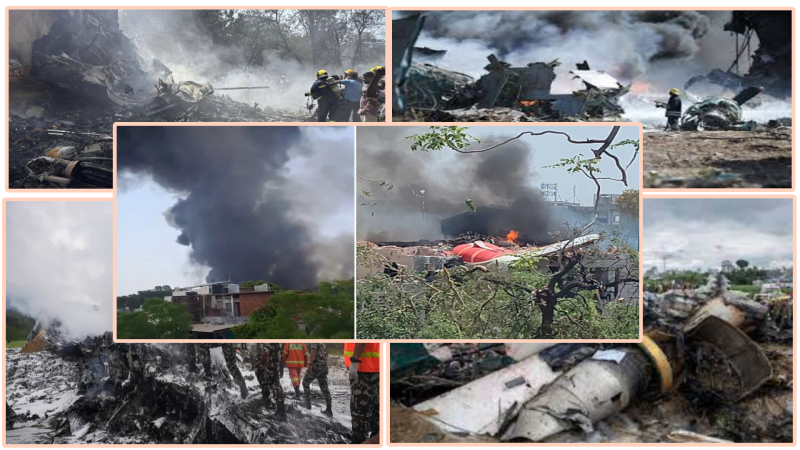
First Fatal Crash in Dreamliner’s History
This marks the first fatal crash involving the Boeing 787 Dreamliner since its commercial debut over a decade ago. Until now, the aircraft had maintained an impressive safety record, adding to its prestige among global carriers and frequent fliers.
Boeing has acknowledged the accident and stated that it is working with relevant authorities to gather more information. Investigators from the Indian Directorate General of Civil Aviation (DGCA) and the US National Transportation Safety Board (NTSB) are expected to participate in a joint investigation.
Immediate Response and Rescue Operation
Ahmedabad Police Commissioner G.S. Malik confirmed that one person seated in 11A was found alive and has been hospitalized. The crash site, located near a doctors’ hostel, witnessed significant structural damage and fire hazards. “Due to the crash occurring in a residential area, we fear the death toll may increase,” Malik added.
The Central Reserve Police Force (CRPF) deployed 150 personnel to support the rescue mission. In addition, Gujarat’s state government dispatched three National Disaster Response Force (NDRF) teams comprising 90 staff from Gandhinagar.
India’s Union Home Minister Amit Shah, accompanied by Civil Aviation Minister Ram Mohan Naidu, Gujarat Chief Minister Bhupendra Patel, and State Home Minister Harsh Sanghavi, visited the site in the evening to assess the damage and oversee relief efforts.
Air India Flight AI 171 Passenger Details
According to Air India, flight AI 171 had the following breakdown of passengers:
- 169 Indian nationals
- 53 British citizens
- 1 Canadian national
- 7 Portuguese nationals

Family members of passengers have been notified, and helplines have been activated for inquiries. Local hospitals are on high alert, and authorities are making arrangements for postmortem and identification.
Boeing’s Recent Struggles
The crash adds to a string of challenges Boeing has faced in recent years. Between 2021 and 2023, the company experienced repeated delivery suspensions and quality control setbacks that tarnished its reputation. The U.S. Federal Aviation Administration (FAA) has been working to strengthen its inspection regime across Boeing’s production lines, especially focusing on quality assurance.
In April this year, the FAA allowed Boeing to increase its production rate to seven aircraft per month. However, sales have lagged due to international tensions. A month before the crash, trade restrictions initiated by Washington led to a halt in aircraft deliveries to Chinese airlines, significantly affecting Boeing’s Asia-Pacific market share.
Despite these setbacks, the Dreamliner had remained a bright spot in Boeing’s portfolio, especially given its role in modernizing global fleets with environmentally friendly technology.
Outlook: What Lies Ahead for Boeing and the Aviation Sector
While the cause of Thursday’s crash is still under investigation, the incident could have far-reaching implications for Boeing, regulators, and airlines around the world. If a technical failure is found, it could lead to grounding or inspections of hundreds of 787s currently in service.
More than just a corporate setback, the crash is a human tragedy, raising important questions about aviation safety protocols, especially for high-capacity long-haul aircraft operating in congested airspace. As authorities continue rescue efforts and families await word on their loved ones, the global aviation community watches closely, hoping for clarity, accountability, and improved safety in the skies.
